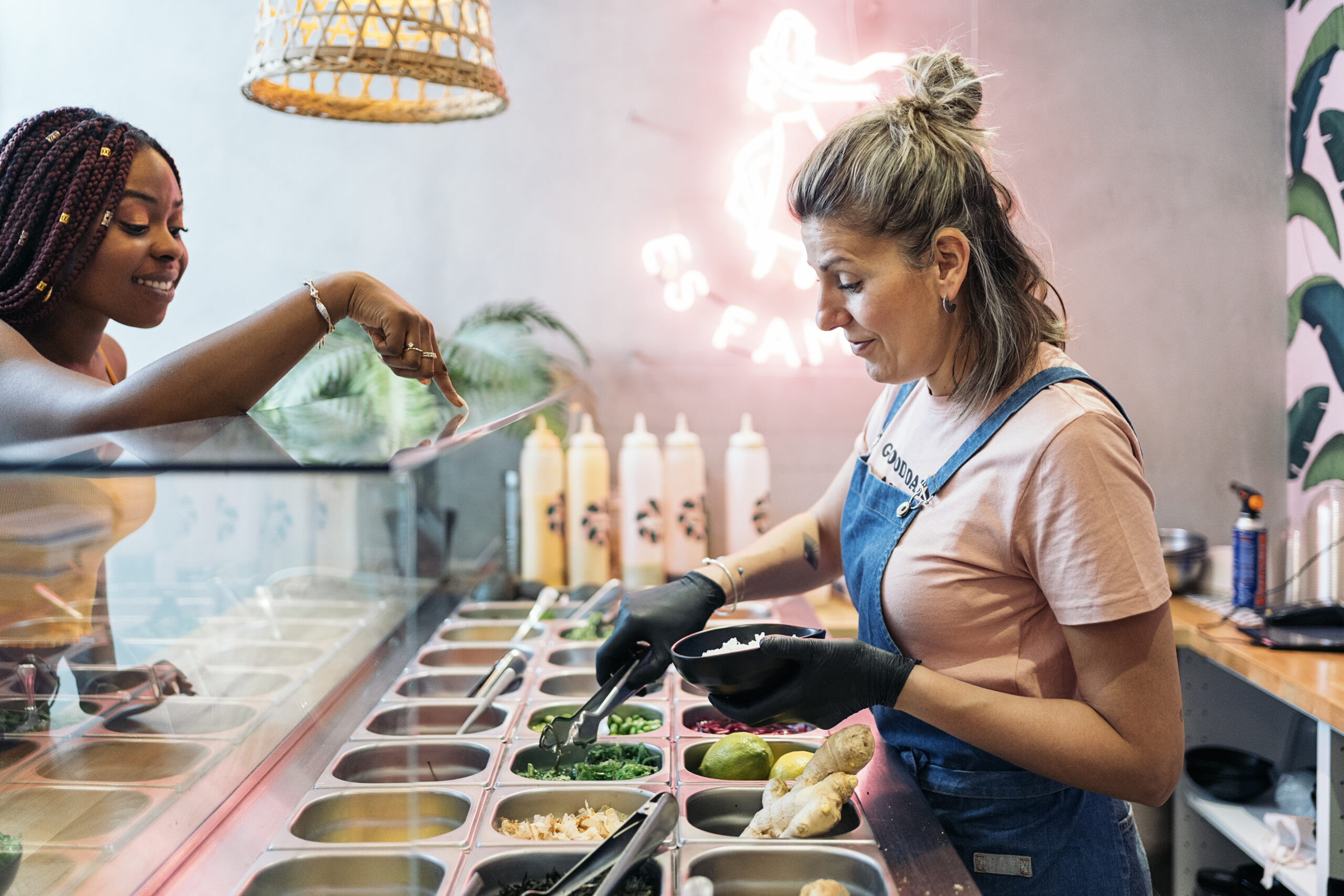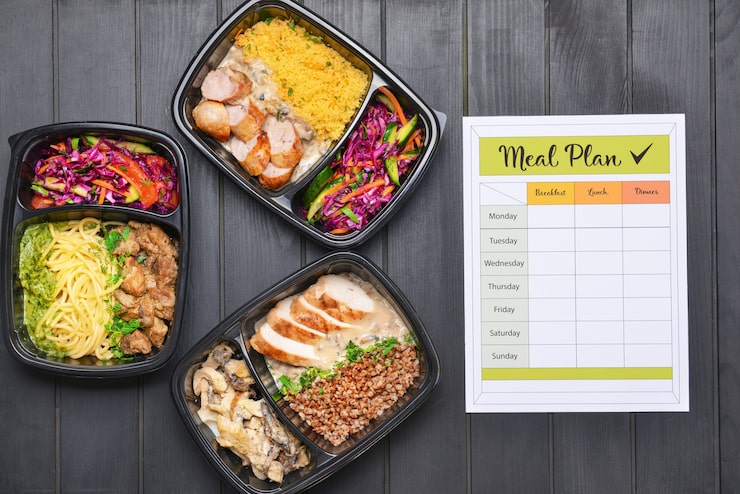The way we eat is changing. Not long ago, the only way to get restaurant-quality food was to dine in or pick up a takeout order. Now, with a few taps on a smartphone, you can have a vast array of culinary options delivered directly to your door. This shift has paved the way for a new and powerful force in the food industry: the ghost kitchen.
These delivery-only establishments operate without a traditional storefront, dining room, or customer-facing staff. Instead, they focus entirely on preparing food for delivery. This model allows for incredible efficiency and innovation, reshaping Canada’s food landscape. We will explore the world of the ghost kitchen Canada, looking at how it works, its benefits, its challenges, and how it impacts your daily meal choices.
What Exactly Is a Ghost Kitchen?
A ghost kitchen—also known as a cloud kitchen or dark kitchen—is a professional food preparation and cooking facility set up for the sole purpose of making delivery-only meals. Think of it as a restaurant without the front-of-house. There are no tables, no waiters, and no public entrance. There is only a kitchen, a team of chefs, and a streamlined process designed to get food out the door and into the hands of delivery drivers as quickly as possible.
These kitchens can take many forms. Some are large, shared commercial spaces where multiple restaurant brands operate side-by-side. Others are standalone units run by a single company. This flexibility allows culinary entrepreneurs to launch new food concepts with significantly less risk and overhead compared to a traditional brick-and-mortar restaurant.
By eliminating the costs associated with rent in prime locations, dining room decor, and front-of-house staff, ghost kitchens can focus their resources on what matters most: the food.
The Advantages Driving the Trend
The ghost kitchen model offers several compelling benefits for both business owners and consumers, contributing to its rapid growth across the country.
Lower Operating Costs and Reduced Risk
Opening a traditional restaurant is a massive financial undertaking. Costs for prime real-estate leases, interior design, furniture, and service staff can be astronomical. A ghost kitchen eliminates many of these expenses. This lower barrier to entry allows chefs and entrepreneurs to test new culinary ideas without risking their life savings. They can experiment with different menus and concepts, adapting quickly to market feedback.
Agility and the Rise of Virtual Brands
One of the most exciting aspects of this model is its ability to support multiple virtual brands from a single kitchen. A single kitchen team can prepare food for several different “restaurants” that exist only on delivery apps. For instance, the same kitchen could produce gourmet burgers under one brand name, healthy salads under another, and spicy tacos under a third. This allows operators to cater to diverse tastes and capture a wider audience without the need for separate physical locations.
Efficiency and Speed
Ghost kitchens are built for speed. Every aspect of their layout and workflow is optimized for the delivery process. Orders come in digitally, chefs prepare the food in an assembly-line fashion, and the finished meals are passed to waiting delivery drivers. This focus on efficiency means customers get their food faster, which is a major factor in customer satisfaction.
How Ghost Kitchens Connect with Modern Consumers
The success of the ghost kitchen is directly tied to the habits of modern consumers, particularly students and young professionals. Busy schedules, the desire for convenience, and a love for diverse food options have made food delivery a part of daily life.
This is where innovative platforms like stuDelicious come into play. The stuDelicious app is designed for people with hectic lives, offering services like stuEats and stuDrinks that curate meal and beverage options from local restaurants. This model pairs perfectly with the ghost kitchen concept. A student cramming for exams or a young professional working late can use stuEats to browse meals organized by mood or dietary need, create meal plans for the week, and have delicious food delivered without any fuss. A ghost kitchen can easily partner with platforms like this to reach its target audience directly, providing the high-quality, convenient meals that users are looking for.
Imagine ordering from a new, exciting burger joint you found on the stuEats app. You might not realize that this brand operates out of a ghost kitchen Canada facility, sharing space with the salad place you ordered from yesterday. The system works seamlessly to provide you with variety and quality, all managed through a single, easy-to-use interface.
The Challenges and Considerations
Despite the many advantages, the ghost kitchen model is not without its hurdles. Intense competition, the reliance on third-party delivery apps, and the difficulty of building a brand without a physical presence are significant challenges.
The market is becoming crowded. As more entrepreneurs enter the space, standing out becomes harder. Without a storefront to attract foot traffic, brand building relies almost entirely on digital marketing, positive online reviews, and visibility on delivery platforms. This brings us to the complex relationship with delivery apps. While these platforms provide access to a huge customer base, they also charge substantial commission fees, which can eat into a kitchen’s profits. Balancing the pros & cons food delivery apps present is a constant struggle for operators.
Furthermore, quality control can be an issue. Once the food leaves the kitchen, its fate is in the hands of the delivery driver. A delayed delivery can lead to cold food and an unhappy customer, resulting in a negative review that can damage a brand that has no other way to make a good impression.
The Future of Food Delivery and the Ghost Kitchen in Canada
The food delivery landscape is constantly evolving, and the ghost kitchen Canada trend shows no signs of slowing down. As technology improves and consumer habits continue to favor convenience, these delivery-only kitchens will become even more integrated into our food ecosystem. We may see more specialization, with kitchens dedicated to specific cuisines or dietary needs like vegan or gluten-free.
Automation and data analytics will also play a larger role. Kitchens will use data to predict demand, optimize menus, and streamline operations even further. For consumers, this means more choices, better quality, and faster service.
Platforms like stuDelicious will continue to bridge the gap, making it easier than ever to discover and enjoy meals from both traditional restaurants and innovative ghost kitchens. By curating options and simplifying the ordering process, these apps help create a frictionless dining experience tailored to the needs of busy individuals.
The ghost kitchen is more than just a passing trend; it is a fundamental shift in how food is prepared and consumed. It represents a leaner, more agile, and digitally-native approach to the restaurant business, perfectly suited for our modern world.





